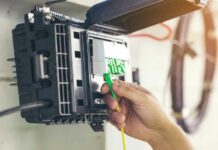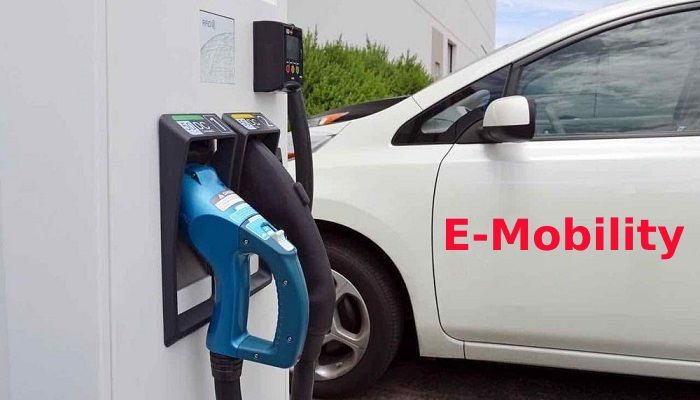The electricity mobility system in India has seen the light of day in recent years. But as comes the growth so does the ability to sustain it in the long term and no wonder the sector’s ability to make this hyper-growth a consistent phenomenon will hinge on how well it douses two critical challenges. The first challenge is that EVs are still costly for most buyers, and the fact is that making them affordable goes on to involve moving the up-front capital expenses of new vehicles to recurring operating expenditures, such as the likes of ICE vehicles, in which fuel is the major recurring expense. The second challenge is reducing vehicle downtime so as to drive up utilization. This especially goes on to benefit business economics when it comes to the commercial applications of EVs.
Battery swapping looks to be an ideal solution
Battery swapping, also called battery-as-a-service, or BaaS, gives a viable and proven solution for both of the above-mentioned challenges. By taking out from the equation the role of fixed batteries, BaaS happens to reduce the upfront cost of EVs and hence drives adoption. It also lessens the vehicle downtime and, at the same time, enhances the utilization because swapping a removable battery happens to be much faster than charging a battery that is fixed. Fast-charging batteries, probably happen to be yet another way to make sure of a lower downtime, but technology’s prohibitive expenses for many use cases, and its requirement for parking spaces as well as proprietary chargers go on to make it less attractive as compared to BaaS.
The battery swapping network success depends on major considerations like accurate network planning, which is in sync with the evolving demand density, and the up-front funding that’s needed to go ahead and create a dense network and, at the same time, also achieve optimal use to recover that funding.
Upon Yuma’s experience, three strategic principles can go on to help BaaS companies come up with a dense and optimized networks of swap stations-
Accessibility is the key to driving adoption
The fact is that there are no other thoughts when it comes to taking an ICE-based vehicle on a long road-trip because fuel stations happen to be every few kilometres.
The range anxiety can be taken into account with a dense network with consistent battery availability, and hence this can turn out to be a major element in rapid EV adoption. It is also crucial since swappable batteries happen to be often of lower capacity as compared to fixed batteries.
This pivotal assurance of battery availability is why consumers go on to place their trust when it comes to battery swapping networks. Therefore, it is the duty of the networks to evaluate their accessibility when it comes to a micro-cluster level that is in line with the demand patterns and median driving distances in order to make sure that stations get spaced adequately across the micro-cluster.
Customer experience
It is generally seen that most users of swappable battery technology make use of their vehicles for commercial mobility. In this scenario, a major differentiator that any BaaS player can build, is customer experience. If we use Yuma’s example, customers are able to pre-book tokens right before arriving at the swap stations. They have also brought down total waiting time along with the swapping times to under a minute, which itself ensures minimal downtime for customers.
Providing an assisted model for swapping, at least in the base stages of evolution, will also aid the swapping industry to enhance the customer experience, in addition to battery handling and also safety. Once the users are comfortable with the concept, the industry can go ahead and gradually shift to a 100% DIY battery swapping possibility for more experienced consumers.
Unit economics
The final and also the most critical pillar when it comes to a network-building strategy is the swapping unit economics. Battery swapping, at any point, has to be affordable for the end users so that EV adoption gets embraced to its optimum.
Therefore, for the sector as a whole, the unit economics when it comes to a delivered battery swap has to be nothing short of a sacrosanct metric. The core focus has to be on leveraging smart algorithms as well as tech interventions in order to go ahead and optimize costs. Leveraging government and the policy support also goes on to bring down swapping costs for the consumers. The fact is that the underlying strong unit economics will help to translate into a robust trajectory for expansion while at the same time also enabling investment in the world of automation and product interventions, all of which will end up improving the consumer’s experience.
BaaS-OEM tie-ups will get faster
As time and technology progress and battery swapping networks continue to scale up, OEMs are quite keenly exploring partnerships with them so as to go ahead and offer more affordable mobility solutions to consumers. It is not going to be a while before one can see the evolution of multiple franchisee models that have varied levels of asset ownership along with the operational structures. These models will go on to distribute the capex investment burden, aid in very fast network expansion, and at the same time also help create sustainable entrepreneurs. The BaaS partner’s network strength will go on to determine the pace of sales growth when it comes to OEMs choosing battery-swapping technology. This is also going to be a major input in case of success of last-mile logistics players, the ones that are looking to all-EV fleets to better their unit economics and also adhere to the clean mobility laws.
Technology crux when it comes to BaaS network expansion strategy
Like any other element or scenario, technology lies at the heart of any BaaS network’s expansion strategy. Things such as machine learning models, data-led operations, and Internet of Things- IoT-led hardware push the BaaS companies to go ahead and track assets and, at the same time, also predict current as well as future customer demand.





































